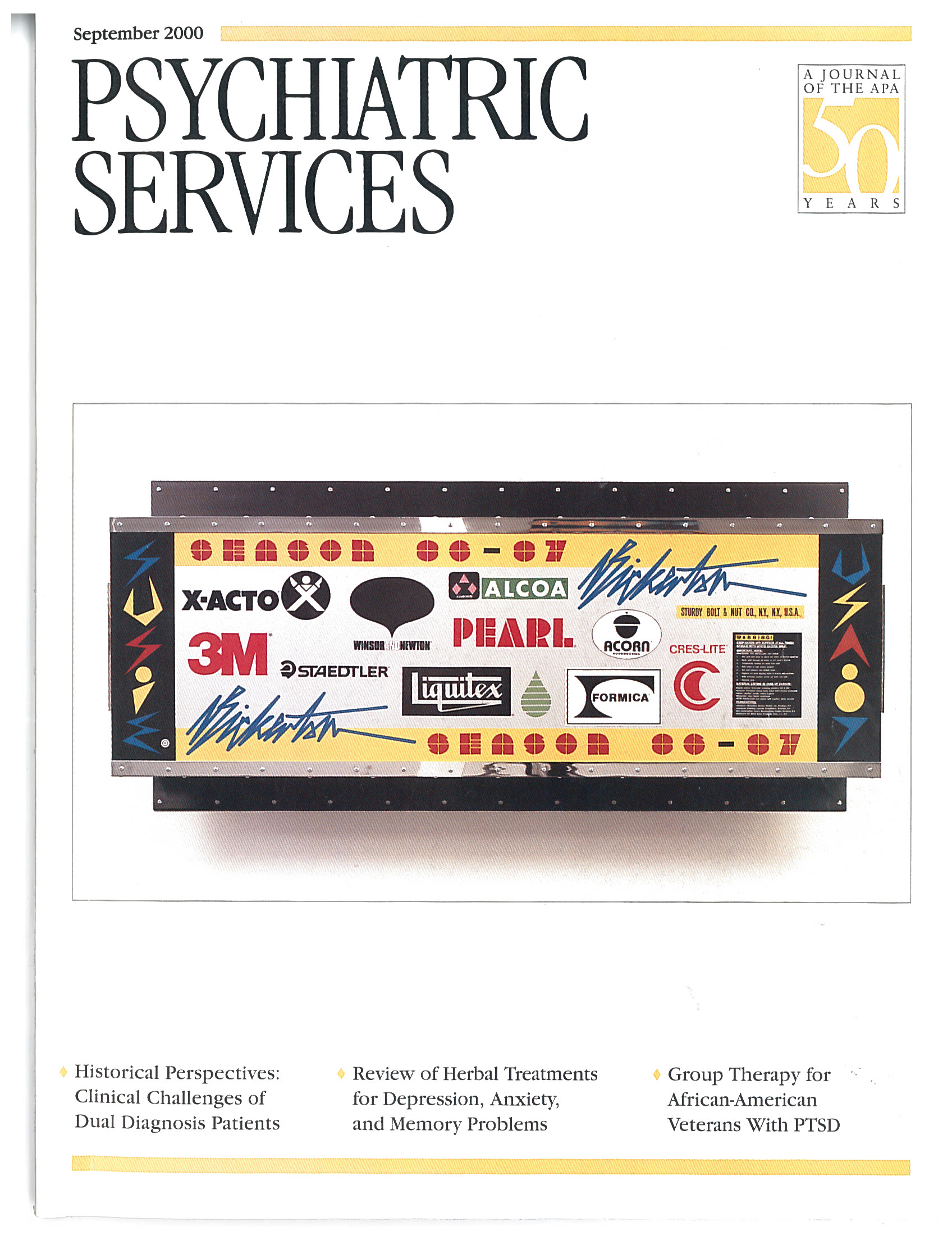Doctors in the Movies: Boil the Water and Just Say Aah
Peter Dans, an internist on the faculty of Johns Hopkins University, had the excellent idea of examining the portrayal of physicians in the movies. This project was obviously a labor of love for him, as a lifelong movie buff. In Doctors in the Movies, he surveys more than 70 films, from Dr. Jekyll and Mr. Hyde (1932) through As Good As It Gets (1998). He devotes chapters to women doctors, to black doctors, to evil doctors, and to the medical school experience.
As a fellow physician and movie buff, I wanted to like the book, but I grew increasingly frustrated as I read through it. In his introduction, the author states, "It is important to confess that I have not been schooled in film technique or filmography and in this respect I feel more kinship with everyday moviegoers." This confession identifies the main problem with the book. For film after film, the author stops at the level of plot synopsis when the reader wants more. We want to know how we are to understand the significance of the portrayals of physicians in film. What do they tell us about society's view of doctors? What is the filmmaker trying to say?
A rather extensive cinema studies literature is available on many of these films, but the author has not bothered to investigate that scholarship and enrich his book by deepening his analysis of the films.
While the book introduces a number of the movies involving physicians, it fails to engage the reader's mind because of this lack of intellectual rigor. The author acknowledges his kinship with everyday moviegoers, but the reader expects more from a book of this type than he or she might derive from a conversation with the person in the next theater seat. Hence I can't recommend the book to physicians or other movie buffs except as a reference book for those who may need a superficial cataloging of films that feature physicians.
Dr. Gabbard is Callaway distinguished professor of psychoanalysis and education at the Menninger Clinic in Topeka, Kansas.



